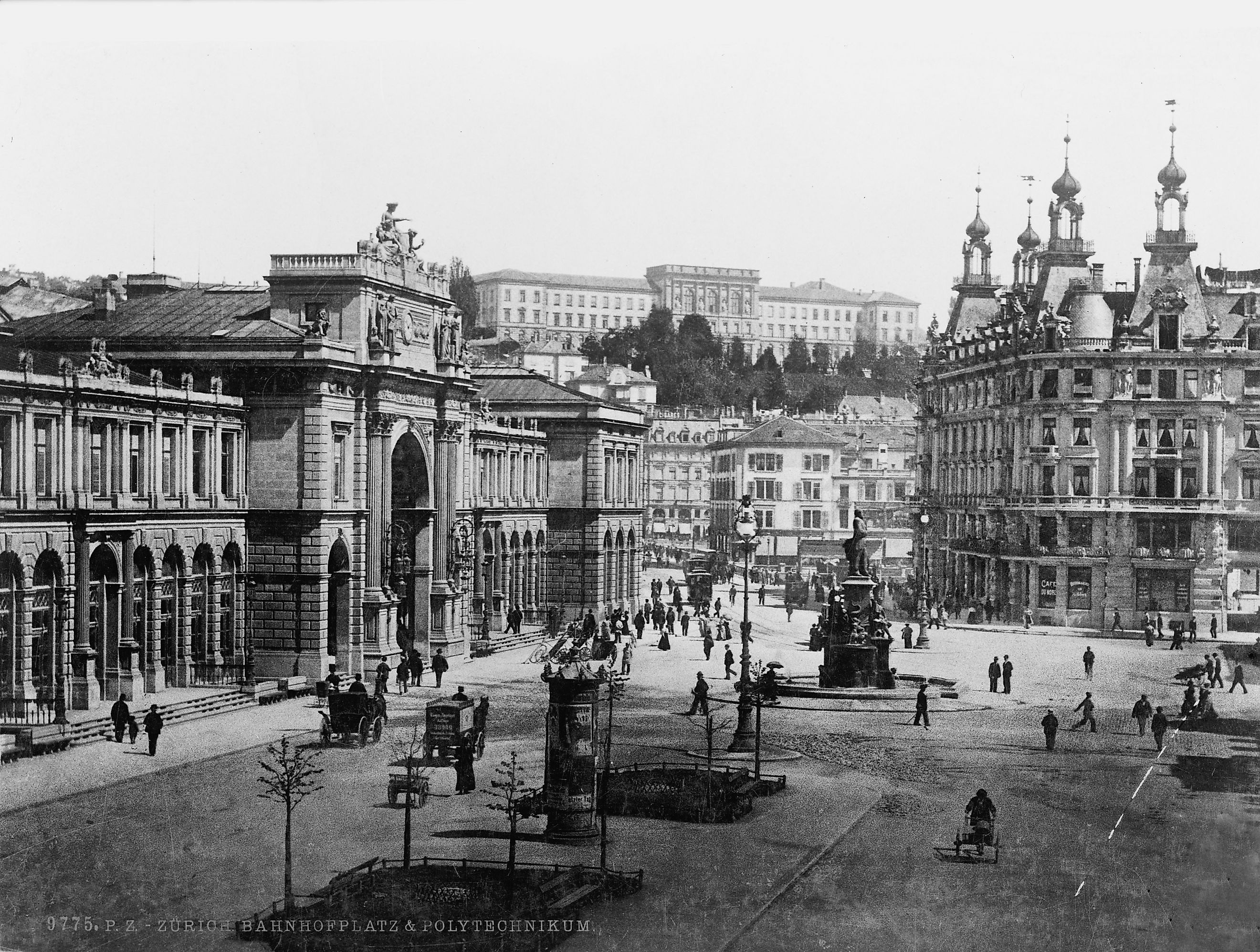
Switzerland During The World Wars And The Cold War
Switzerland's long-standing neutrality is one of many interesting aspects of European history. The country’s neutrality has been a centuries-old tradition, crafted and constructed through diplomatic means and legal agreements. What makes it so curious is how during periods when Europe was ravaged and destroyed by war, Switzerland was able to avoid conflict as a neutral entity in the continent’s affairs. Even before the World Wars, Switzerland actively reinforced its neutral status through legal measures and diplomatic efforts. Swiss leaders sought international recognition of their neutrality, and the country developed a strategy of armed neutrality where it maintained a strong defense to deter potential invaders while abstaining from offensive military actions.
Switzerland’s commitment to neutrality is also shaped by its unique internal makeup. Its population is divided between French, German, and Italian linguistic and cultural groups, making it essential for the country to maintain internal cohesion. Neutrality became a means to unite the diverse population under a common foreign policy. Over its history, the Swiss have skillfully juggled keeping their military prepared while keeping themselves neutral amongst global affairs, a policy which allowed Switzerland to stay neutral during the major World Wars.
As the 20th century began, the country made it clear that its goal was to avoid getting involved in Europe's conflicts. However, Switzerland's neutrality was severely tested during the World Wars and the tense years of the Cold War that followed.
The Foundations of Swiss Neutrality
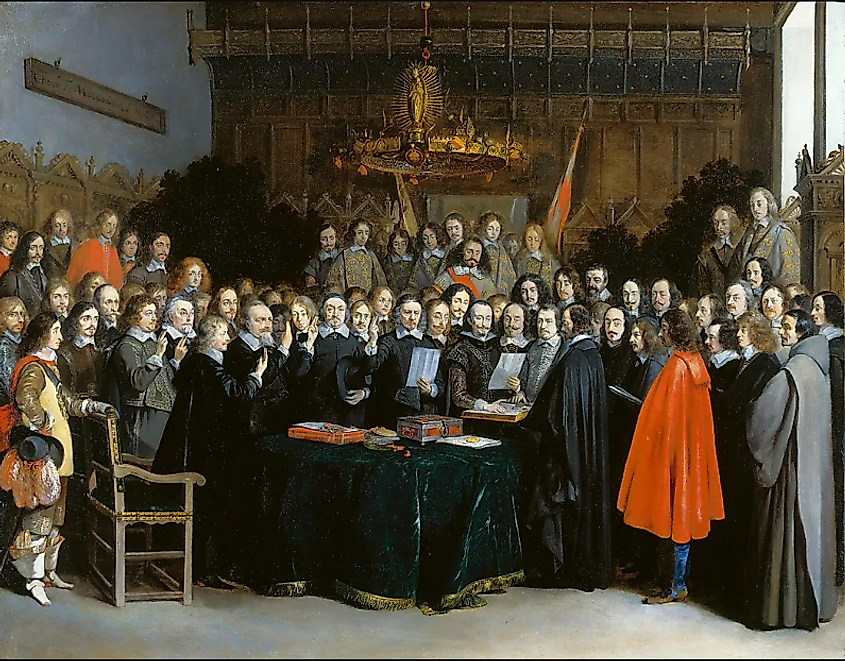
While the Swiss nation traces back to 1291, it began its road to neutrality after the end of the Thirty Years' War. The Holy Roman Empire and France were among the countries that ended the long war by signing the Treaty of Westphalia, stopping decades of fighting across Europe. This treaty, signed in 1648, was crucial for Switzerland as it allowed them independence from the Holy Roman Empire.
The foundations of Swiss neutrality were further strengthened after the Congress of Vienna in 1815, which made Switzerland's neutrality official. European forces affirmed it would never be used as a battleground, and effectively declared the nation neutral in perpetuity. Pleasant Slovall, in his paper “The Neutrality of Switzerland,” says that even with these sorts of agreements, the Swiss were not sitting back, depending on the goodwill of its neighbors for its safety. The country's mountainous terrain made it difficult to invade, and its people could quickly mobilize troops to any border. As a result, Switzerland maintained an able-standing army ready to defend its hard-to-traverse territory.
A prime example of this occurred during the Franco-Prussian War (1870-1871). This conflict marked one of the biggest tests of Switzerland's neutrality since its formal recognition in 1815, as both neighboring powers pressured Switzerland to take sides. The Swiss Confederation decisively reaffirmed its neutral stance, choosing not to participate. But, during the war, Switzerland still geared up its defenses under General Hans Herzog, making sure no one crossed into their country uninvited. This proactive stance showed Switzerland’s neutrality was not just a passive, fence-sitting stance. It was a deliberate, well-structured policy backed by a strong military.
Lead-up to World War I
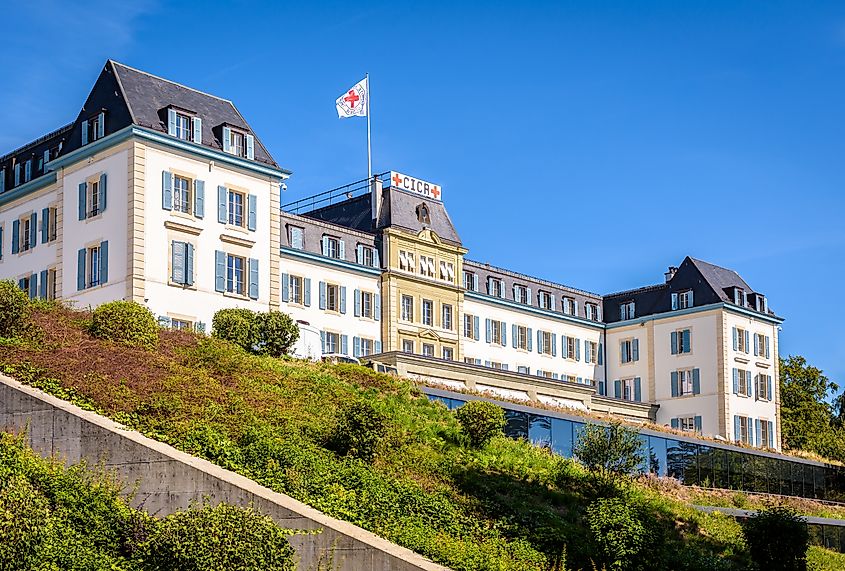
The legal framework of neutrality would be expanded decades later when they participated in the Hague Conventions of 1907, which outlined the rules and responsibilities for nations choosing to remain neutral. According to the Mission of Switzerland to the European Union, which manages Swiss-European Union (EU) relations, the codified law states the main obligations of neutral countries included avoiding participation in armed conflicts, refraining from providing mercenary forces to warring states, banning the use of its territory by warring states, and more.
Additionally, neutral nations would need to treat all nationals equally in terms of trade, regardless of whether they were involved in the conflict. So, neutrality is not as simple as staying out of affairs, rather, it is a whole system of rules and responsibilities. These conventions helped establish Switzerland’s position as a neutral power under international law, making its neutrality a formal and recognized policy. In addition to legal measures, Switzerland's diplomatic efforts were critical in maintaining its neutrality.
Over time, the country built a reputation as a mediator and humanitarian actor, reflected by the establishment of the International Committee of the Red Cross in Geneva in 1863. This boosted its global stature as an unbiased nation and added to its neutral standing by promoting peace and delivering aid in war times.
That was something that would soon be tested during the 20th century.
World War I: Neutrality Under Strain
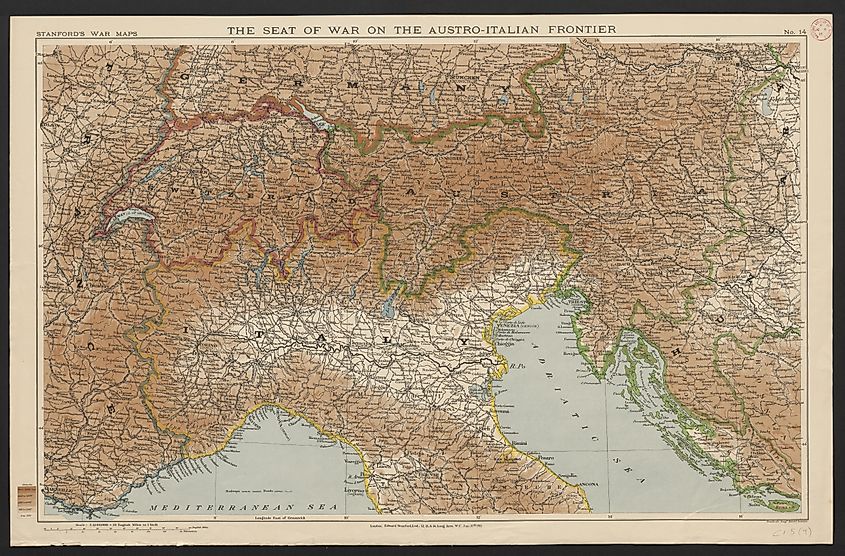
During World War I, Switzerland's neutrality faced significant challenges due to its proximity to the Central and Allied Powers and the sheer chaotic damage the war brought. Sharing borders with Germany and Austria-Hungary on one side and France and Italy on the other, Switzerland was under constant pressure. Internally, the country's linguistic divisions mirrored the conflict: German-speaking Swiss tended to sympathize with the Central Powers, while the French- and Italian-speaking populations leaned towards the Allies. This internal tension risked destabilizing national unity. While potential destabilization reared its head, the Swiss nation was focusing on expanding its sphere of influence in other ways.
For example, Switzerland sought to expand its knowledge and influence in the sphere of medicine, with Swiss doctors organizing the internment and exchange of wounded prisoners in Germany, France, and England. Outside of medicine, Switzerland worked to maintain neutrality through strong diplomatic efforts and military preparedness. Approximately 250,000 troops were mobilized along Swiss borders, which helped deter any invasion attempts. Economically, Switzerland navigated the war by trading with both sides, but this came with challenges. For example, Ally blockades wreaked havoc with trade routes, leading to shortages and inflation, which hit the working class hard. The Allied blockades severely limited imports of essential goods like food and raw materials by 1916, resulting in widespread shortages and soaring inflation.
By 1918, Switzerland's food imports had dropped to half of their 1916 levels, leading to severe shortages and sharp price increases. Inflation soared, significantly impacting the working class as wages lagged behind rising living costs. Even though no battles were taking place within Switzerland, the effects of the war were hard to miss. Many people fell into poverty, and society was growing increasingly divided and fractured. On the other hand, during the war, Swiss industries, especially in the metal and chemical sectors, saw substantial profits from supplying both sides with war materials. By 1917, Switzerland's engineering industry had become heavily involved in war production, employing over 30,000 workers to meet the rising demand for munitions components, such as precision detonators and other military essentials.
The tensions culminated in protests and even a workers’ strike in Zurich in 1917, with demonstrators condemning the war profiteers and the government's involvement in military production. Despite the country’s efforts, even neutral countries left the Great War with long-lasting ramifications, and the Swiss were left with lasting scars on its social and political fabric.
World War II: A Tightrope Walk
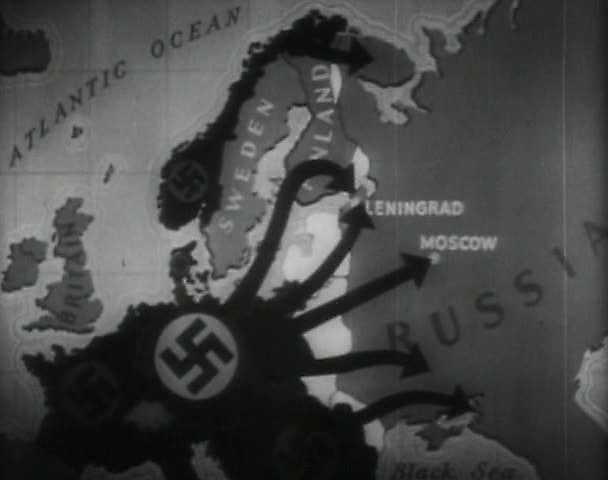
Between the two wars, Switzerland saw some massive economic and social challenges. The 1920s saw some recovery from the economic hardships of the war, but the Great Depression turned that back on its head, like so many other nations across the world. Unemployment soared, peaking at over 130,000 people by 1936, or close to nine percent of the labor force. Industrial production declined by 25 percent from 1929 to 1932, leading to significant hardship. Political tensions also increased, with both right-wing and left-wing movements gaining support. Now, imagine Switzerland's situation. After all, they had Nazi Germany as a next-door neighbor. As you can guess, they felt a lot of pressure. They were right next to Axis powers and closely watched by the Allies too. As tension rose from 1936 to 1939, Switzerland worked hard to make its stance clear - it wanted no part in wars; it was neutral both when it came to fights or political talks. The Swiss government adopted the National Redoubt strategy, preparing for a last-ditch defense by fortifying the Alps. The Swiss Armed Forces mobilized over 430,000 troops to defend the nation, and their well-organized militia system sent a strong message of resistance.
Diplomatically, during World War II, Switzerland served as a hub for international negotiations and humanitarian efforts. The country’s embassies represented the interests of belligerent nations, including acting as an intermediary for prisoner-of-war exchanges and protecting the assets of warring states. At the same time, during the war, Switzerland was a typhoon of tensions and espionage. Their role in World War II espionage was crucial, balancing neutrality while aiding the Allies through covert operations. Networks like the Lucy Spy Ring, led by Rudolf Rössler, relayed critical intelligence from German military sources to the Soviet Union. This group provided detailed information about Operation Barbarossa, Germany's invasion of the Soviet Union in 1941, and other key operations. Swiss intelligence also intercepted Nazi communications and shared valuable information with the Allies, including warnings about Germany’s 1940 invasion of France.
Criticism
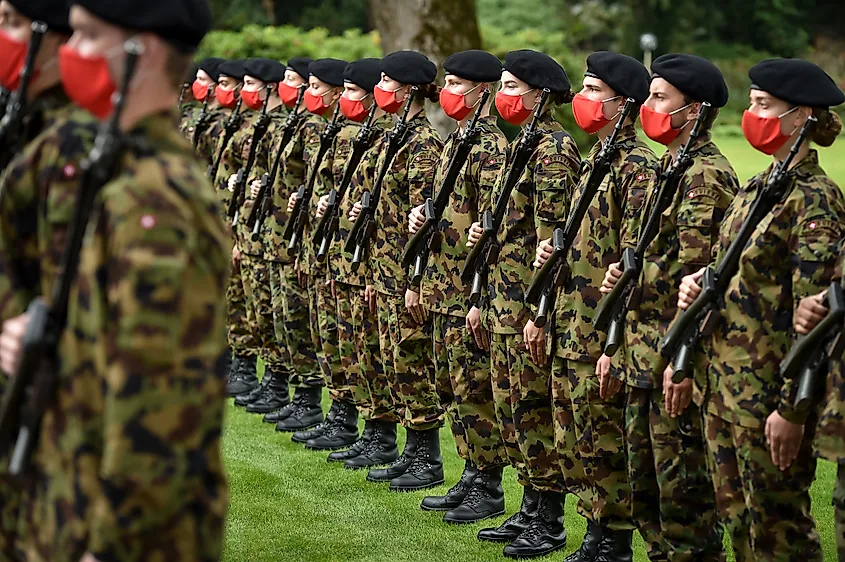
Switzerland turned into a shelter for Jewish people running from Nazi terror, but tough immigration rules put a cap on how many could come in. Just like many other places during World War II, Switzerland had a mixed and complex past when it came to taking in refugees. According to documentation from the US Department of Justice, around 300,000 people came to Switzerland from Nazi-run countries. Of those, 30,000 were Jews. Unfortunately, 24,500 people, mostly Jewish, were also turned away
It would be a mistake to speak about Switzerland's neutrality in World War II without mentioning its financial dealings with Germany during the war. Switzerland’s role in facilitating the sale of Nazi gold, some of which had been looted from occupied countries, sparked debate during and after the war. The Swiss banking system was accused of helping to launder this gold, and these economic ties later cast a shadow on Switzerland’s neutrality. Much of the gold the Nazis sold to Switzerland was looted from occupied territories and Jewish victims. Switzerland bought over $1.2 billion Swiss francs worth of gold from the Nazis, much of it through the Swiss National Bank, enabling the Nazis to fund their war efforts.
The Allies criticized Switzerland for indirectly supporting the Nazi regime through these financial dealings. After the war, this issue led to international pressure and negotiations, ultimately resulting in Switzerland paying reparations to Holocaust survivors decades after the fact. Despite facing ethical and moral challenges, and some would say moral failings, Switzerland’s ability to maintain its neutrality throughout the war was largely successful. Its combination of military readiness, strategic diplomacy, and economic pragmatism helped it avoid invasion while still playing a critical role on the global stage.
The Cold War: Neutrality in a Bipolar World
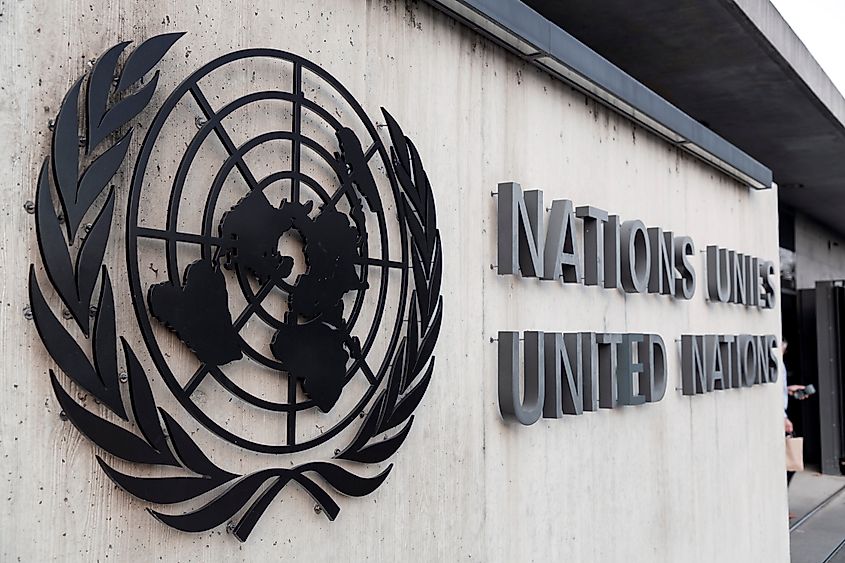
In the post-war period, Switzerland faced scrutiny for its economic dealings during World War II, particularly its role in handling Nazi-looted assets. The 1946 Washington Agreement, involving the United States, Britain, France, and Switzerland, was an important step in addressing concerns over Switzerland's wartime financial dealings, particularly its purchase of Nazi-looted gold, and was signed on May 25, 1946. Under international pressure, Switzerland agreed to return looted assets, including gold stolen from occupied countries and Holocaust victims. The agreement involved repaying $58 million to the Allies to settle claims. This marked the beginning of a broader effort to reconcile Switzerland’s controversial wartime financial activities with its post-war diplomatic relations. As the Cold War emerged following the war, the Swiss managed to maintain a balance between U.S. and Soviet influences even while nearly being encircled by NATO countries. Despite this position, Switzerland once again maintained its policy of armed neutrality, gearing up militarily to protect itself against potential intrusions.
By the 1960s, the Swiss army, based on a large militia system, had around 625,000 soldiers, a considerable force for a country with a population of about 6 million. Military spending accounted for around 2-3 percent of the country’s GDP and was used to modernize its military with fighter jets, artillery, and tanks. As well, Switzerland built extensive civil defense infrastructure, including underground bunkers, with enough shelter space by the 1970s to protect 80 percent of the population.
These measures helped deter potential aggression and allowed Switzerland to remain neutral without joining alliances like the North Atlantic Treaty Organization (NATO). At the same time, they were welcoming their place as a greater member of the wider world. As a non-member observer of the United Nations, Switzerland supported all sorts of UN humanitarian programs. It was also deeply involved in the International Red Cross, which was headquartered in Geneva, continuing its tradition of providing humanitarian aid in conflict zones.
Switzerland’s role in diplomacy extended beyond humanitarian efforts. During the Cold War, Geneva emerged as a welcome location for meetings between the West and East blocs. In 1955, leaders from the US, USSR, UK, and France gathered in Geneva for talks concerning de-escalation and cooling simmering tensions. The 1955 Geneva meeting was known for starting a hopeful period called the "Spirit of Geneva." It helped start conversations and ease tensions between the East and West. Switzerland played a big role in these important discussions by being a neutral location where people could meet.
As the years passed, the Cold War thawed, new political realities came into being and Switzerland’s place in the world also changed. In 2002, Switzerland joined the United Nations, showing its willingness to work alongside government bodies while retaining that quintessential spirit of Swiss neutrality. They dipped their toe further into world politics as they helped undertake peaceful missions with the UN and the Organization for Security and Cooperation in Europe (OSCE), further balancing neutrality with global involvement.
Conclusion
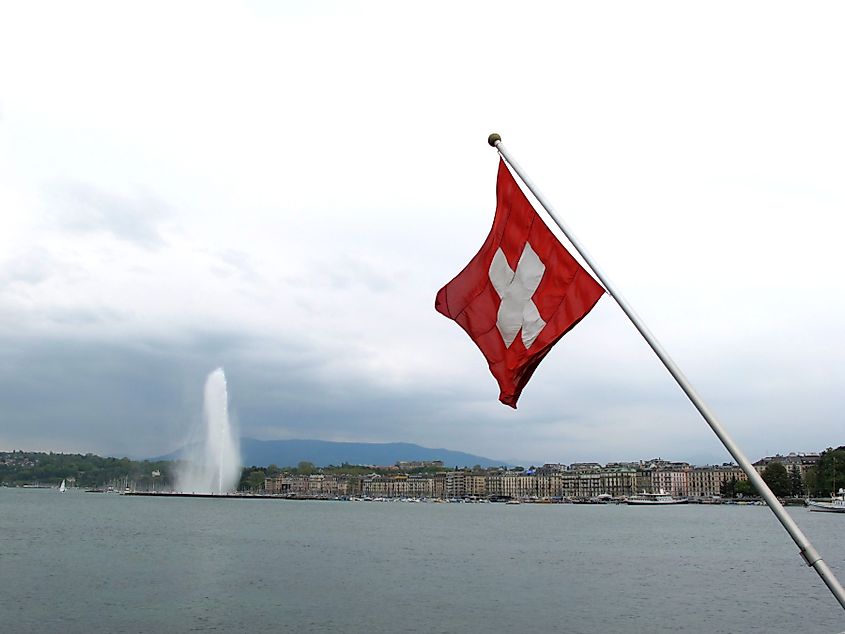
Switzerland's decision to remain neutral is not just a historical stance; it is a carefully considered strategy that has helped it survive turbulent times in Europe. Since becoming independent, Switzerland has gone through major world events like the World Wars and the Cold War, during which Switzerland kept a balanced role in world politics. It blended readiness for battle with peace talks, succeeding in safeguarding its lands and bringing its citizens together amid home-grown hurdles as well as outside pressure. While Switzerland's cultural diversity and strategic geographic location certainly help, what truly sets it apart is its deliberate decision to remain neutral—avoiding taking sides between countries or groups—and consistently acting on that choice. Switzerland's enduring neutrality offers a valuable lesson, showing how independence and global harmony can go hand in hand.











